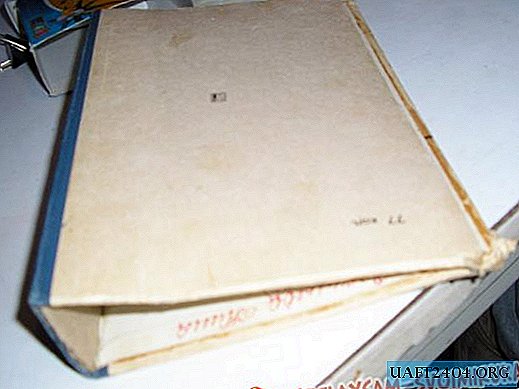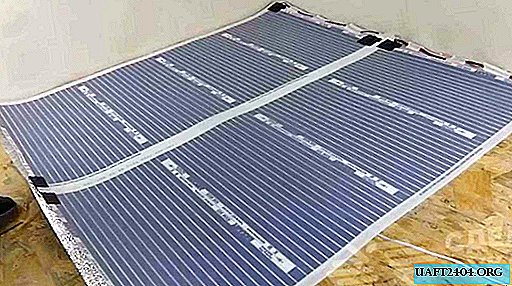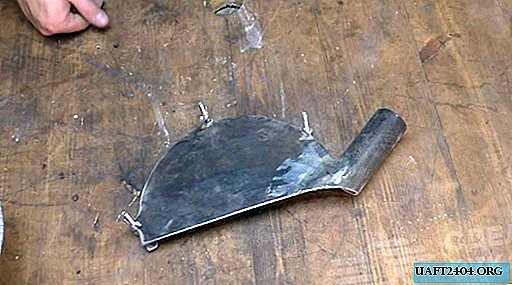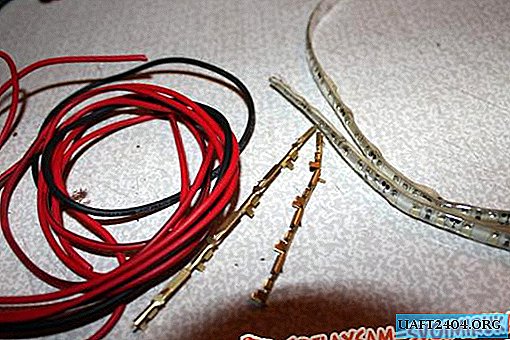Share
Pin
Tweet
Send
Share
Send
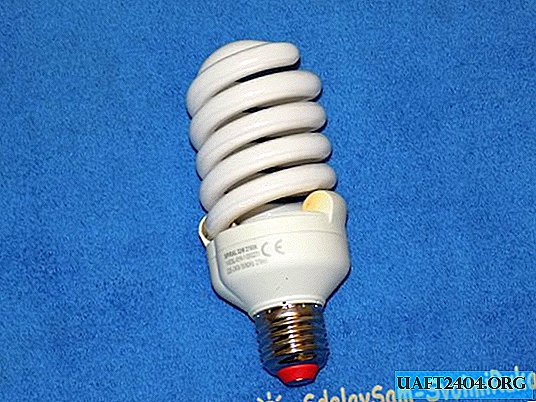
Such lamps are widely used today, because their cost in comparison with LED light sources is not so "biting".
With a good balance of price and economy (the difference in price with conventional incandescent lamps pays off over time due to energy savings), gas-discharge light sources have several disadvantages:
- The service life is lower than that of incandescent lamps.
- High frequency interference from the power supply.
- Lamps, do not like frequent on / off.
- Gradual decrease in brightness.
- Influence on adjacent surfaces: a dark spot appears on the surface of the ceiling (above the lamp) over time.
- Anyway, I don’t really want to have a flask with a certain amount of mercury in the house.
A great alternative is LED lights. The list of advantages is significant: - Tremendous profitability (up to 10 times in comparison with incandescent lamps).
- Huge service life.
- Perfect and safe power supplies (drivers).
- Absolutely independent of the number of inclusions.
- With normal cooling, almost the entire period of operation does not lose brightness.
- Full mechanical safety (even if the decorative diffuser is broken, no harmful substances will enter the room).
Drawback two:
- The directivity of the light flux makes high demands in the design of the diffuser.
- Still, they are expensive (we are talking about quality brands, middle-name products are quite affordable).
If the price issue is regulated by the selection of the manufacturer, then the design features do not always allow you to simply replace the lamp in your favorite chandelier. Of course, there is a wide selection of classic pear-shaped LED lamps that fit any size.
But it is precisely in this design that the "ambush" lies.
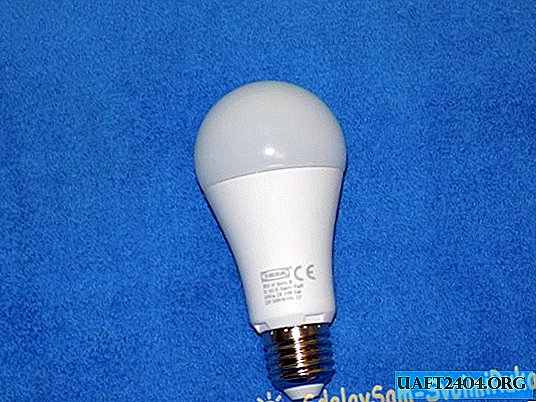
Before us is a high-quality (at the same time relatively inexpensive) lamp with a brightness of 1000 Lm (equivalent to a 100-watt incandescent lamp), and a power consumption of 13 watts. Such LED light sources have been working for me for many years, they shine with a pleasant warm light (temperature 2700 K), and no degradation of brightness is observed over time.
But for powerful light, serious cooling is required. Therefore, the housing of this lamp 2/3 consists of a radiator. It is plastic, does not spoil the appearance, and is quite effective. The main drawback follows from the design - the hemisphere in the upper part of the lamp is a real light source. This makes it difficult to choose a lamp - not in every carob chandelier such a lamp will look harmonious.
There is only one way out - to buy ready-made LED lamps, the configuration of which was originally designed for specific light sources.
The key word is to buy. And what about your favorite floor lamps, chandeliers and other lamps in the apartment?
Therefore, it was decided to design LED lamps independently
The main criterion is cost minimization.
There are two main directions in the development of LED light sources:
1. The use of low-power (up to 0.5 W) LEDs. They require a lot, you can configure any form. No need for a powerful radiator (little heat). A significant drawback is a more painstaking assembly.
2. The use of powerful (1 W - 5 W) LED elements. Efficiency is high, labor costs are many times less. But the point radiation requires the selection of a diffuser, and good radiators are needed to implement the project.
For experimental designs, I chose the first option. The most inexpensive "raw material": 5 mm LEDs with a diffusion of 120 ° in a transparent case. They are called the "straw hat."
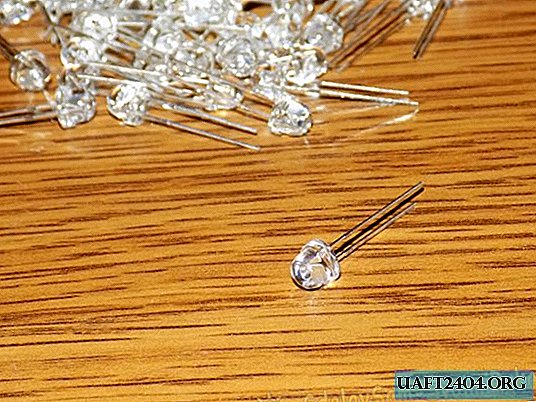
The characteristics are as follows:
- forward current = 20 mA (0.02 A)
- voltage drop on 1 diode = 3.2-3.4 volts
- color - warm white
Such goods are sold for 3 rubles a bundle on any radio market.
I bought some packages 100 pcs. on aliexpress (link to purchase). It cost a little less than 1 p. a piece.
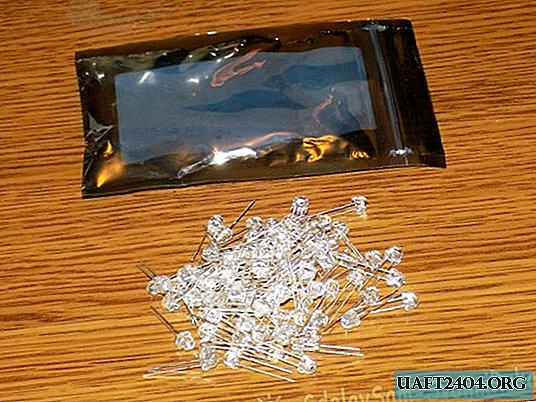
As power supplies (more precisely, current sources), I decided to use a proven circuit with a quenching (ballast) capacitor. The advantages of such a driver are extreme cheapness, and minimal energy consumption. Since there is no PWM controller or linear current stabilizer, the excess energy does not go into the atmosphere: in this circuit there are no elements with a heat-dissipating radiator.
The disadvantage is the lack of current stabilization. That is, with an unstable mains voltage, the brightness of the glow will change. I have exactly 220 (+/- 2 volts) in my socket, so this is the best solution.
Element base is also not expensive.
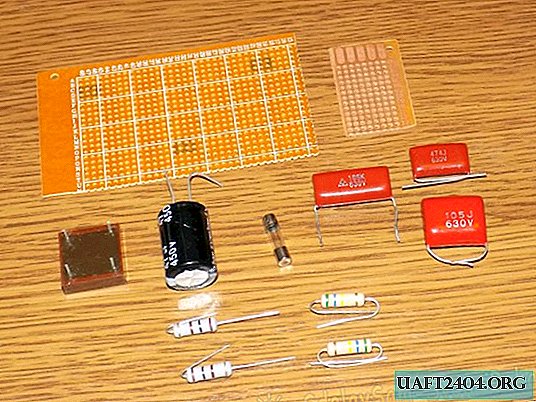
- diode bridges of the KTs405A series (any diodes are possible, at least Schottky)
- 630 volt film capacitors (with margin)
- 1-2 watt resistors
- 47 mF electrolytic capacitors at 400 volts (you can take a larger capacitance, but this goes beyond the scope of economy)
- such trifles as a breadboard and fuses are usually in the arsenal of any radio amateur
In order not to reinvent the case with the E27 cartridge, we use the burned out (another reason to refuse them) housekeepers.
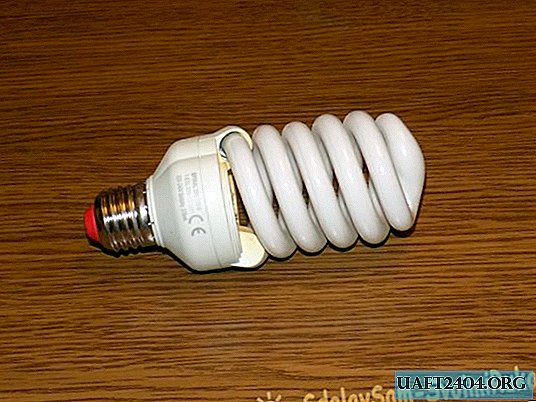
After carefully removing (on the street!) A flask with mercury vapors, an excellent blank for creativity remains.
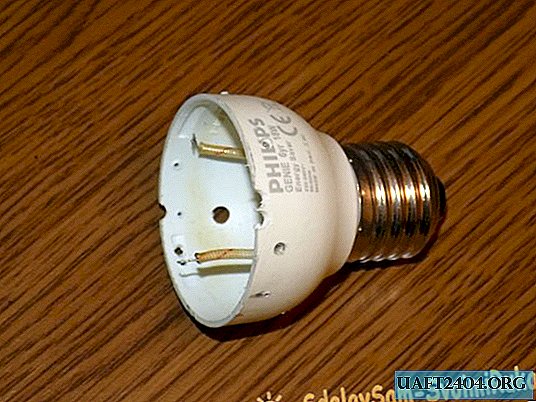
The basis of the basics is the calculation and principle of operation of the current driver with a quenching capacitor
A typical diagram is shown in the illustration:
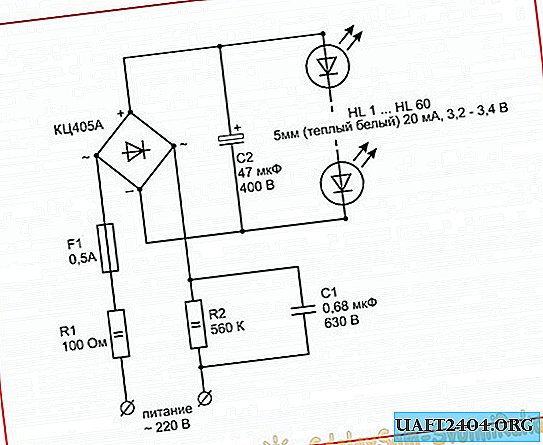
How the circuit works:
Resistor R1 limits the current surge when power is applied until the circuit stabilizes (about 1 second). The value is from 50 to 150 ohms. Power 2 watts.
Resistor R2 provides a ballast capacitor. Firstly, it discharges it when the power is turned off. At least so that you don’t get an electric shock when you unscrew the light bulb. The second task is to prevent a current surge in the case when the polarity of the charged capacitor and the first half-wave of 220 volts do not coincide.
Actually, the quenching capacitor C1 is the basis of the circuit. It is a kind of current filter. Choosing a capacity, you can set any current in the circuit. For our diodes, it should not exceed 20 mA in peak values of the mains voltage.
Next, the diode bridge works (after all, LEDs are elements with polarity).
The electrolytic capacitor C2 is needed to prevent the lamp from flickering. LEDs do not have inertia when turning on / off. Therefore, the eye will see a flicker at a frequency of 50 Hz. By the way, cheap Chinese lamps sin with this. The quality of the capacitor is checked using any digital camera, even a smartphone. Looking at the burning diodes through the digital matrix, you can see the blink, indistinguishable to the human eye.
In addition, this electrolyte gives an unexpected bonus: the lamps do not turn off immediately, but with a noble slow decay, until the capacity is discharged.
The calculation of the quenching capacitor is carried out according to the formula:
I = 200 * C * (1.41 * U network - U led)
I - received circuit current in amperes
200 is a constant (network frequency 50Hz * 4)
1.41 - constant
C is the capacitance of capacitor C1 (extinguishing) in farads
U network - the estimated voltage of the network (ideally 220 volts)
U led - the total voltage drop across the LEDs (in our case, 3.3 volts multiplied by the number of LED elements)
Choosing the number of LEDs (with a known voltage drop) and the capacity of the quenching capacitor, it is necessary to achieve the required current. It should not be higher than the LEDs specified in the characteristics. It is the current strength that you control the brightness of the glow, and inversely proportional to the life of the LEDs.
For convenience, you can create a formula in Exel.
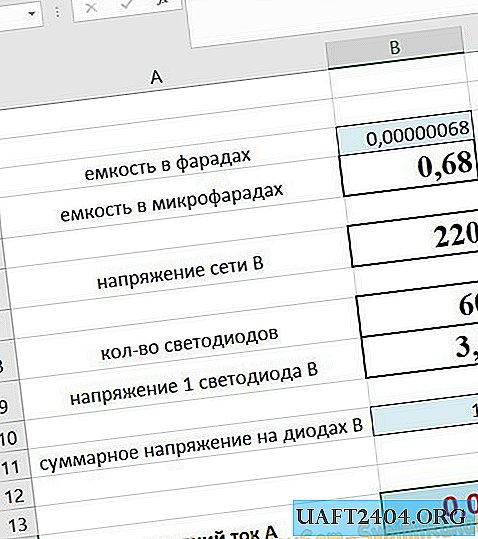
The circuit has been checked repeatedly, the first copy was assembled almost 3 years ago, it works in a lamp in the kitchen, there were no malfunctions.
We turn to the practical implementation of projects. It makes no sense to discuss the number of LED elements and the capacitance of the capacitor in separate circuits: projects are individual for each lamp. They were calculated strictly according to the formula. The above diagram of 60 LEDs with a 68 microfarad capacitor is not just an example, but a real calculation for the current in the 15 mA circuit (to extend the life of the lights).
LED lamp in a horn
The gutted cartridge from the housekeeper is used as a housing for the circuit and the supporting structure. In this project, I did not use a breadboard, I assembled a driver on a round disk made of PVC 1 mm thick. It turned out just in size. Two capacitors - due to the selection of capacitance: the required number of microfarads was not found in one element.
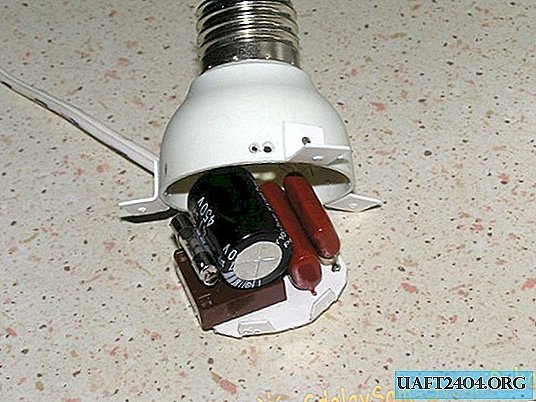
As a case for placing LED elements, a jar of yogurt was used. He also used trimming sheets of 3 mm foamed PVC in the design.
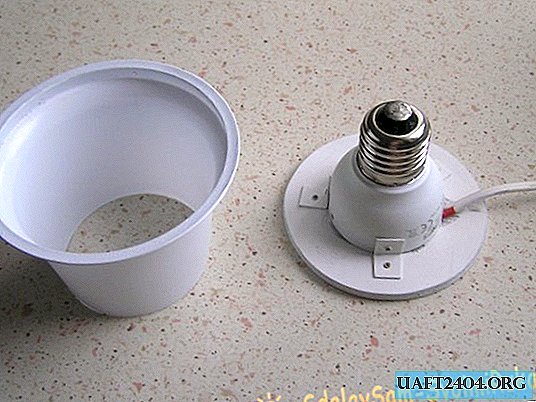
After assembly, it turned out neatly and even beautifully. This arrangement of the cartridge is associated with the shape of the chandelier: the horns are directed upward, to the ceiling.
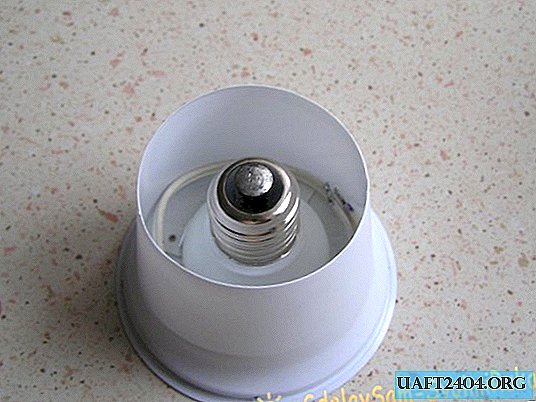
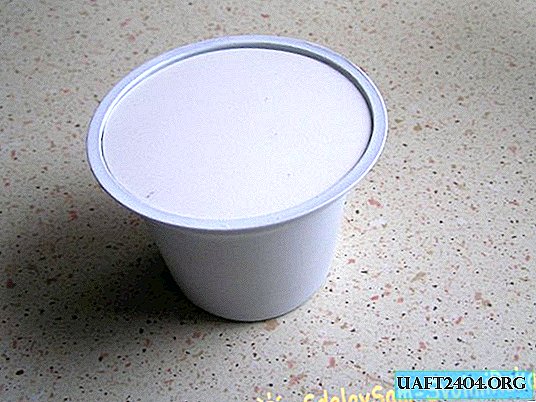
Next, we place the LEDs: according to the scheme, 150 pcs. We pierce the plastic with an awl, labor: one full evening.
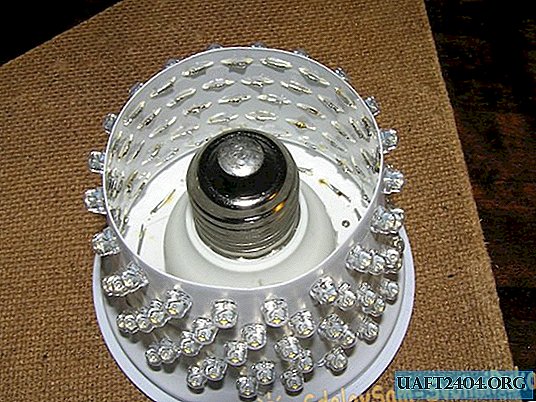
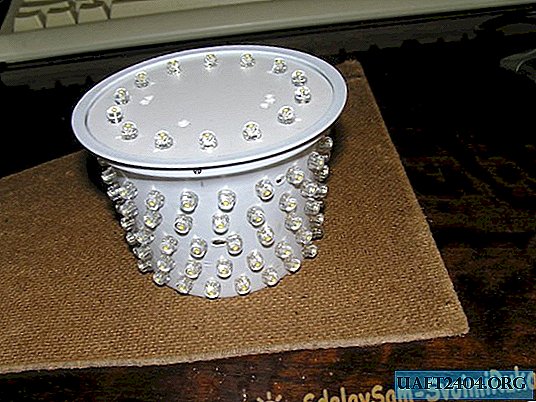
Looking ahead, I’ll say: the body material has not justified itself, it’s too thin. The next lamp was made of 1 mm PVC sheet. To give shape, I calculated the sweep of the cone for the same 150 diodes.
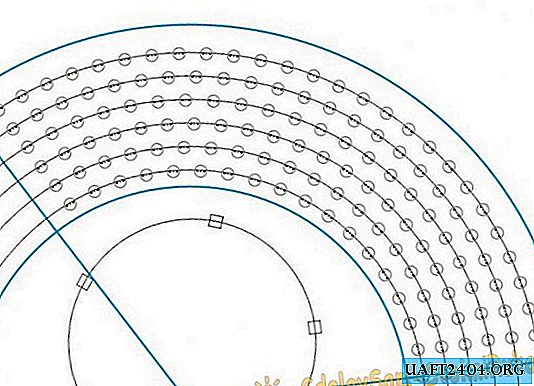
It turned out not so elegantly, but reliably, and keeps its shape perfectly. The lamp is completely hidden in the horn of the chandelier, so the appearance is not so important.
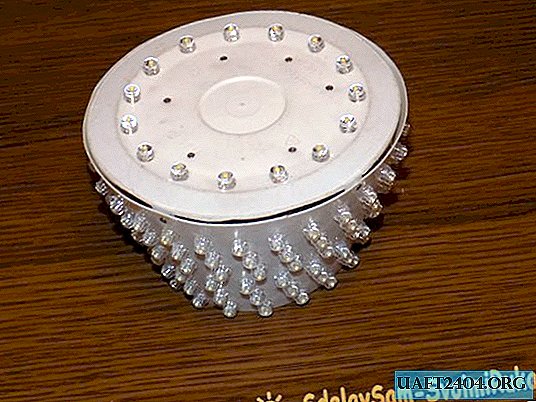
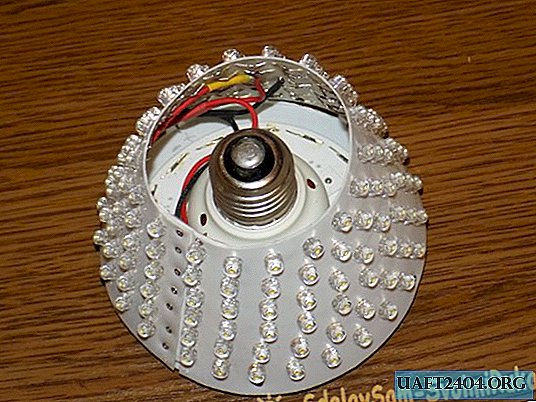
Actually, the installation.
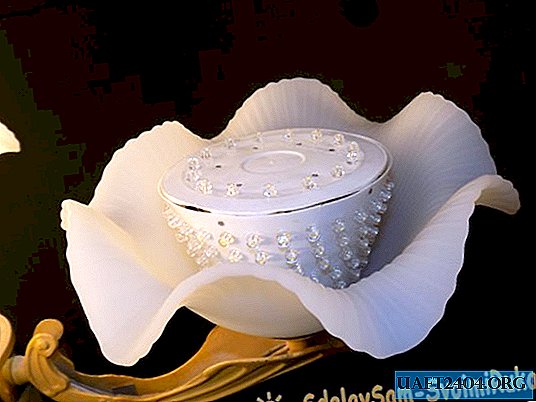
It shines evenly, does not hit the eyes.
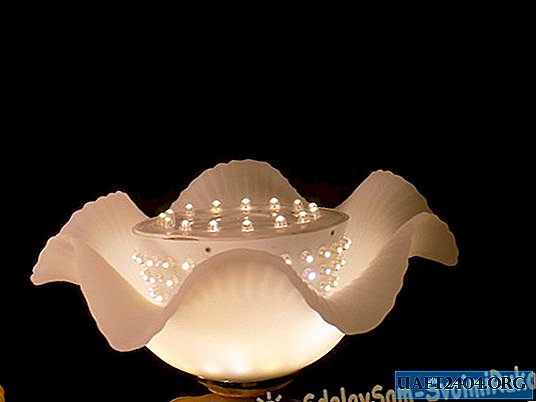
I didn’t measure lumens, it felt brighter than a 40 W incandescent lamp, a little weaker than 60 W.
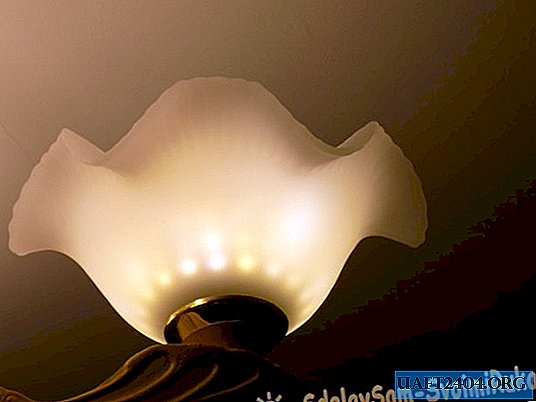
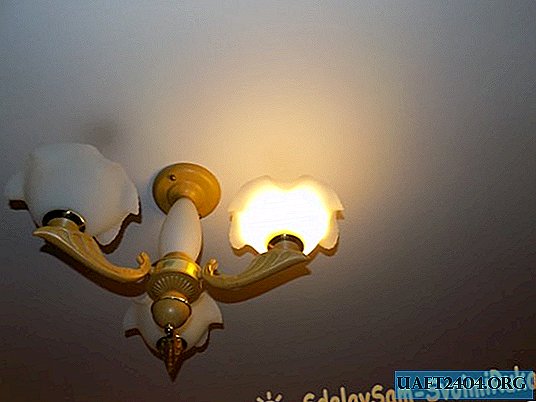
LED lamp in a flat ceiling lamp in the kitchen
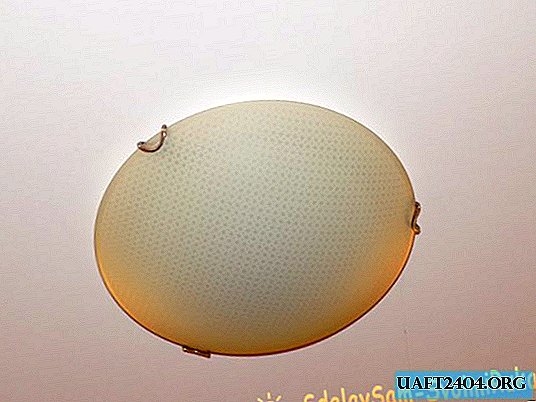
An ideal donor for such a project. All LEDs will be located in one plane.
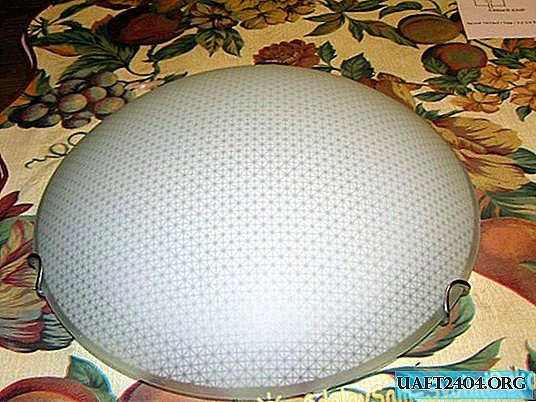
We draw a template, cut out the matrix to accommodate the LED elements. With this diameter, a flat sheet of PVC will deform. Therefore, I used the bottom of a plastic bucket from under the building mixtures. On the external contour there is a stiffener.
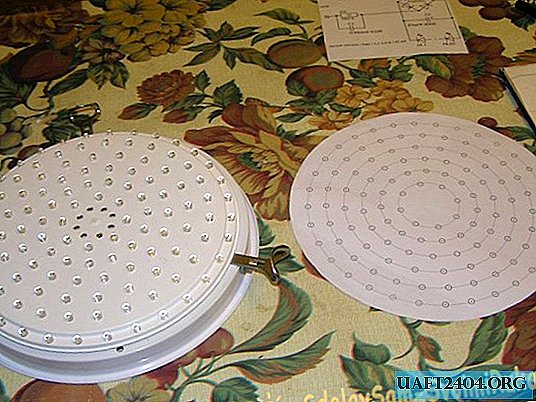
Diodes are installed using the usual awl: 2 holes on the markup.
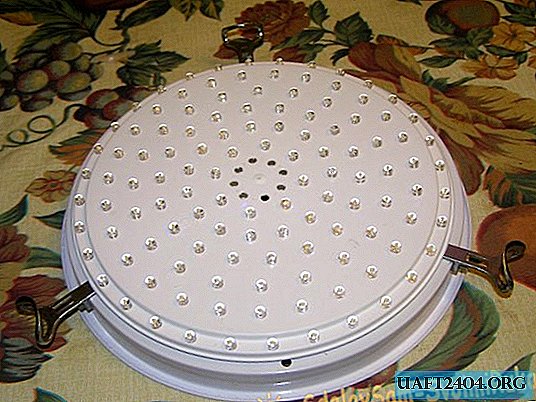
The luminaire is designed for 120 LED elements, divided into 2 groups of 60 pcs., For the reliability of the circuit. We make 2 identical drivers.
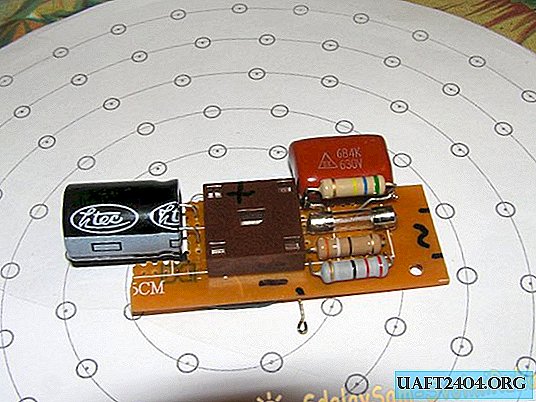
We mount them on dielectric spacers on the back side.
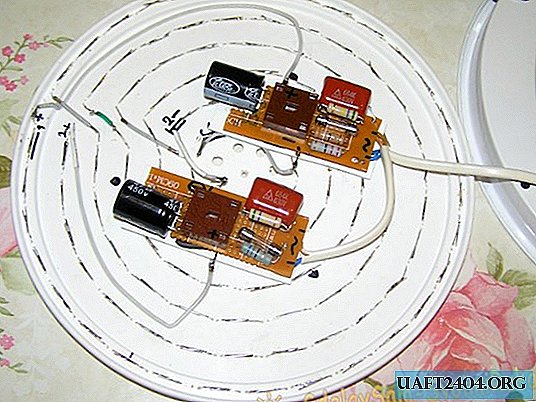
To mount the disk, in the center we install a podium made of PVC.
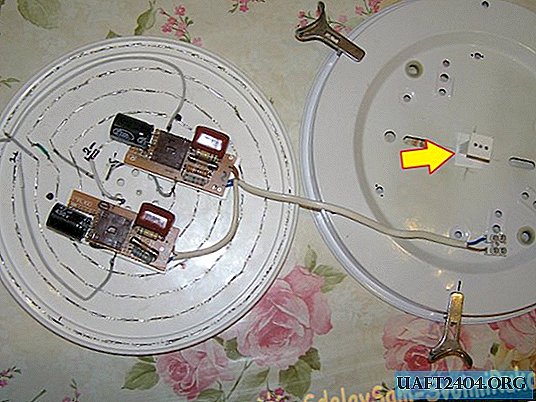
We hang the lamp on the ceiling, turn it on - everything works.
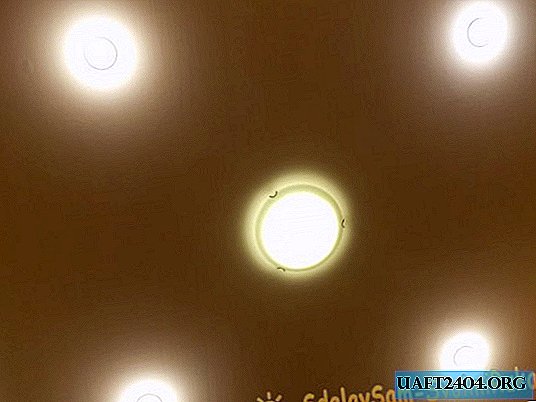
To assess the brightness: in the corners are 4 branded LED lamps from IKEA, with a light output of 400 Lm.
LED lamp for the bathroom
Also an easily implemented project. We extract the contents of the lamp, install a matrix of 30 LEDs, and the corresponding driver.
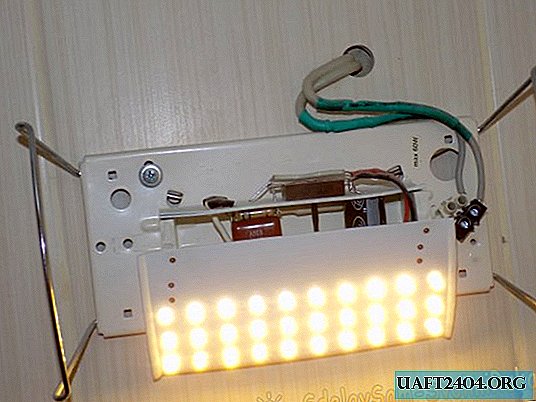
The light is soft, uniform, for this "room" is more than enough.
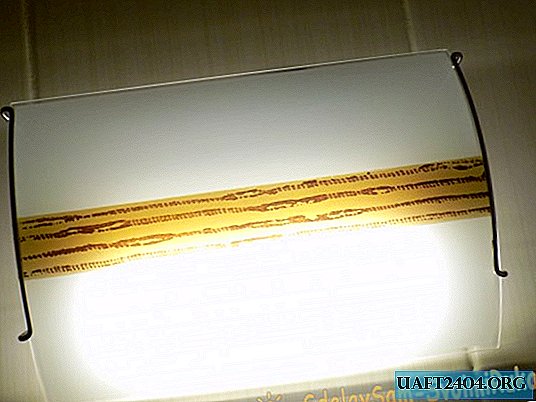
Table lamp
A cap from a deodorant was used as a housing.
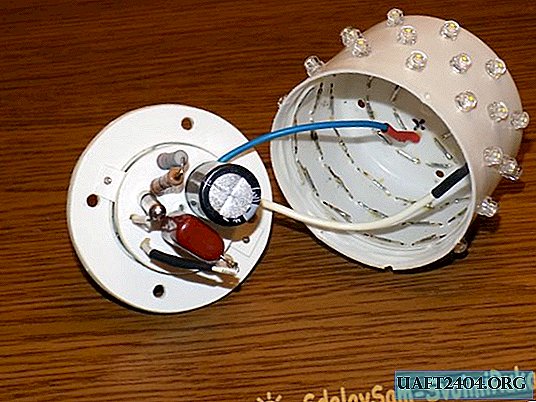
The E27 cartridge is traditionally from a burnt housekeeper.
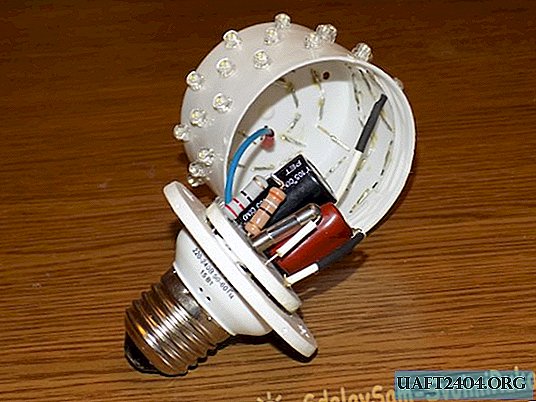
The housing contains 55 LEDs.
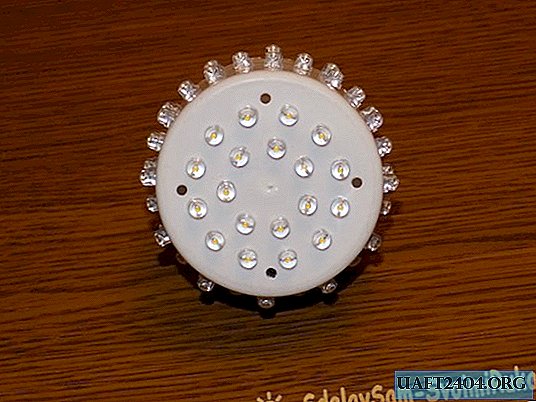
It turned out compact and neat.
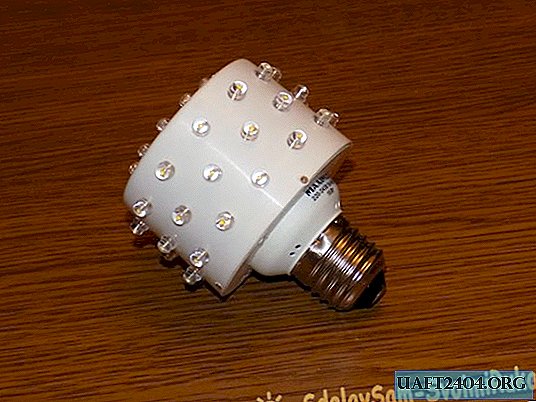
In a table lamp, the “installation” looks like a native.
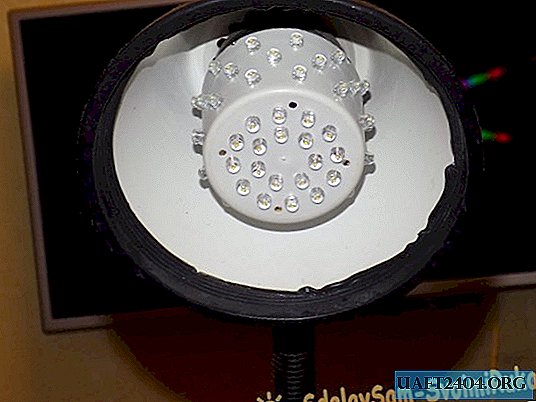
And it shines quite confidently.
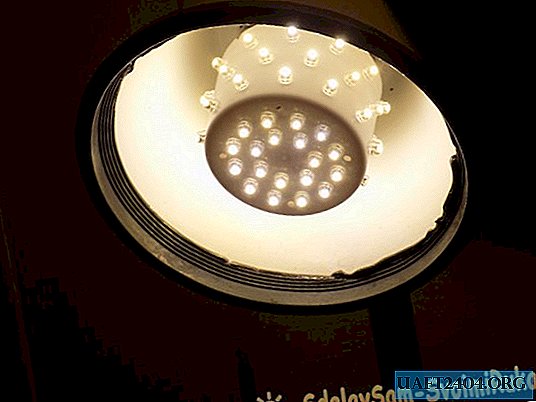
LED computer desk lighting
The child, inspired by the successes of dad, asked for lighting for a computer desk. Some elegant box was found in which the driver fit.
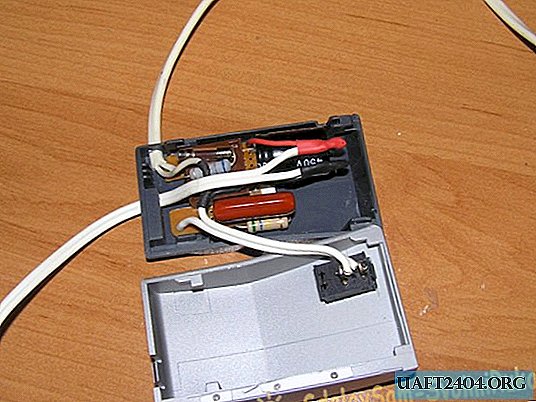
As a case, I used a box for laying the cable. Profile size: 10 * 10 mm.
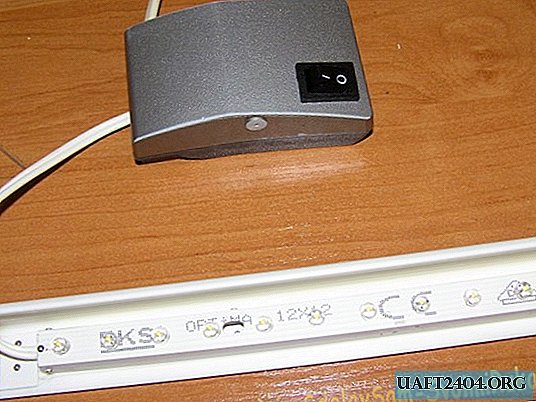
So that the light does not hit the eyes, but is directed from top to bottom, the design is located on a corner with a side of 25 mm, made of white PVC.
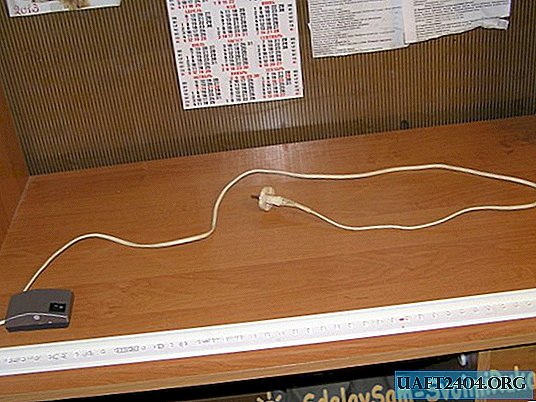
Total:
All work is made of components that cost almost nothing. In addition, this is a great opportunity to practice in the radio.
Share
Pin
Tweet
Send
Share
Send

